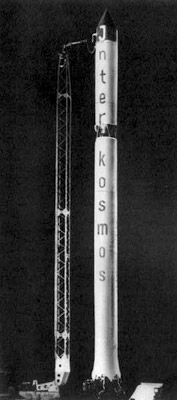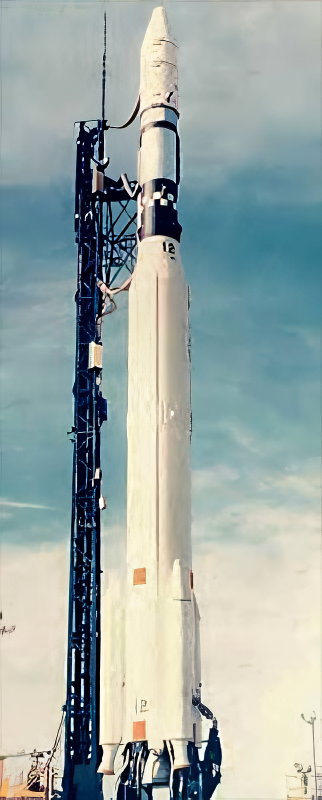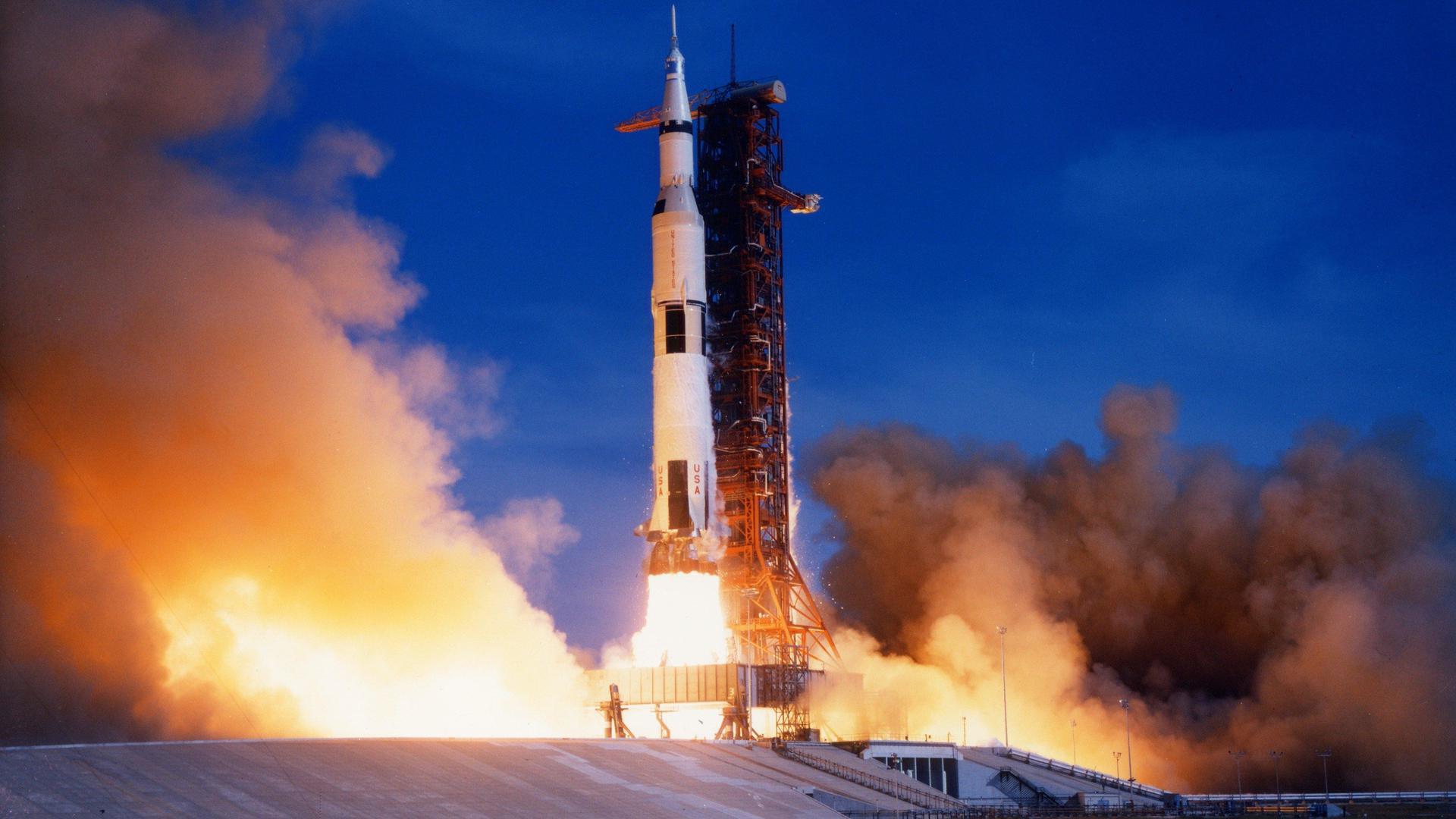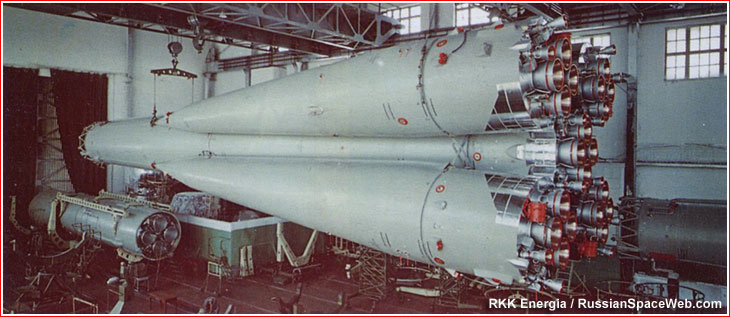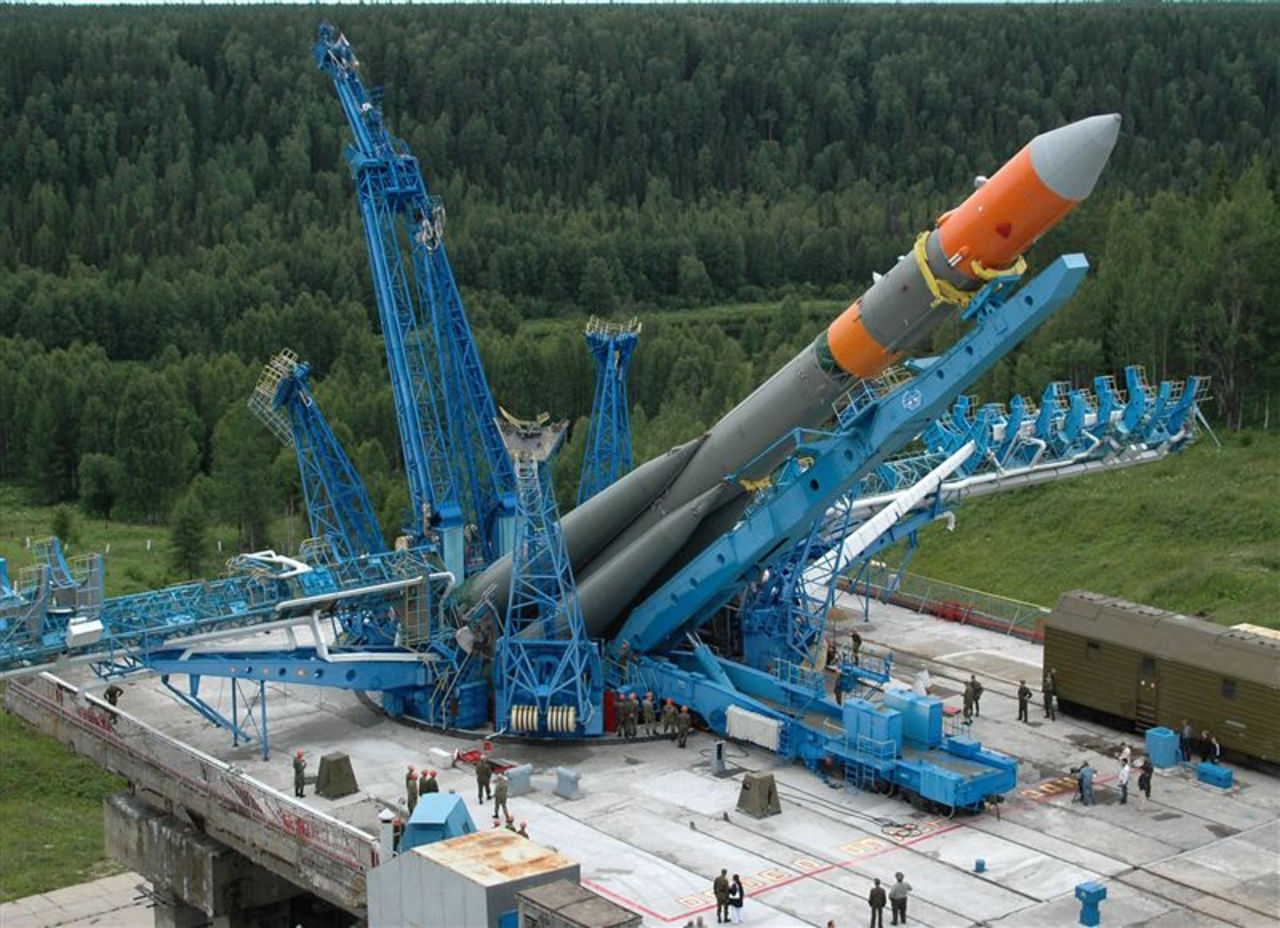Previous Spaceflight Launches
Filter by Agency, Locations or Vehicles
Show All LaunchesKosmos 11K63 | DS-P1-Yu 53
Strategic Rocket Forces | RussiaPlesetsk Cosmodrome, Russian Federation
April 21, 1972, 11:59 a.m.
Thorad SLV-2H Agena D | KH-4B 16
McDonnell Douglas | United States of AmericaVandenberg SFB, CA, USA
April 19, 1972, 9:43 p.m.
Saturn V | Apollo 16
National Aeronautics and Space Administration | United States of AmericaKennedy Space Center, FL, USA
April 16, 1972, 5:54 p.m.
Status: Launch Successful
Mission:
Apollo 16 was the 10th crewed launch of the Apollo program. The craft was crewed by Commander John Young, Command Module Pilot Ken Mattingly & Lunar Module Pilot Charles Duke. The mission duration was 11 days, 1 hour, 51 minutes & 5 seconds during which time Young and Duke spent 71 hours on the surface of the Moon spending a total of 20 hours and 14 minutes on moonwalks while Mattingly spend 126 hours or 64 orbits in lunar orbit. While conducting moonwalks, Young and Duke collected 95.8Kg of lunar samples. During return trip to Earth Mattingly performed an EVA to collect film cassettes from the exterior of the service module.
Lunar OrbitVoskhod | Zenit-4M 34
Soviet Space Program | RussiaPlesetsk Cosmodrome, Russian Federation
April 14, 1972, 8 a.m.
Molniya-M | Prognoz
Russian Space Forces | RussiaBaikonur Cosmodrome, Republic of Kazakhstan
April 14, 1972, 12:54 a.m.
Kosmos 11K63 | DS-P1-Yu 52
Strategic Rocket Forces | RussiaPlesetsk Cosmodrome, Russian Federation
April 11, 1972, 11:04 a.m.
Voskhod | Energiya 1
Soviet Space Program | RussiaBaikonur Cosmodrome, Republic of Kazakhstan
April 7, 1972, 10 a.m.
Voskhod | Zenit-2M 27
Soviet Space Program | RussiaPlesetsk Cosmodrome, Russian Federation
April 6, 1972, 8 a.m.
Molniya-M | Molniya-1 20
Russian Space Forces | RussiaPlesetsk Cosmodrome, Russian Federation
April 4, 1972, 8:38 p.m.
Voskhod | Zenit-4M 33
Soviet Space Program | RussiaPlesetsk Cosmodrome, Russian Federation
April 3, 1972, 10:15 a.m.
